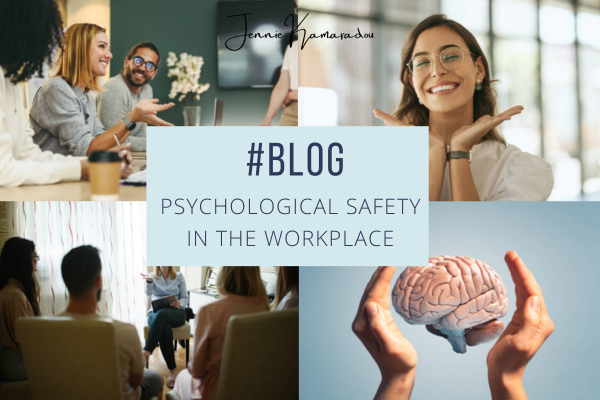Psychological safety is a term that is commonly used in organizational psychology and refers to the level of trust and openness that exists within a team or organization. It is an essential aspect of any healthy work environment and is critical to achieving high levels of performance and productivity. In this blog post, we will explore the concept of psychological safety and how it can be fostered in the workplace.
What is psychological safety?
Psychological safety is the belief that one can express oneself without fear of negative consequences. In the context of the workplace, this means that employees feel comfortable speaking up and sharing their ideas, opinions, and concerns, even if they are different from those of their colleagues or superiors. When employees feel psychologically safe, they are more likely to take risks, innovate, and collaborate, which can lead to increased performance and productivity.
Why is psychological safety important?
Psychological safety is critical to creating a healthy and productive work environment. When employees feel safe expressing themselves, they are more likely to be engaged and motivated, which can lead to higher levels of job satisfaction and reduced turnover. Additionally, psychological safety can foster a culture of innovation and creativity, as employees are more likely to take risks and try new things when they feel safe to do so.
How can psychological safety be fostered in the workplace?
Creating a culture of psychological safety requires intentional effort from leaders and managers. Here are some strategies that can be used to foster psychological safety in the workplace.
Lead by example
Leaders should model the behavior they want to see from their employees. This means being open to feedback, admitting mistakes, and valuing diverse perspectives.
Encourage open communication
Leaders should create opportunities for employees to share their thoughts and ideas, such as regular team meetings, town halls, and anonymous feedback surveys.
Establish clear expectations
Leaders should communicate clear expectations around behavior and performance and provide feedback and coaching when expectations are not met.
Celebrate diversity
Leaders should value and celebrate diverse perspectives and experiences and ensure that all voices are heard and respected.
Address toxic behavior
Leaders should address toxic behavior, such as bullying, harassment, and discrimination, and create a culture of accountability where all employees are responsible for creating a safe and inclusive workplace.
Conclusion:
Psychological safety is critical to creating a healthy and productive work environment. When employees feel safe expressing themselves, they are more likely to be engaged, motivated, and innovative. Fostering psychological safety in the workplace requires intentional effort from leaders and managers, including leading by example, encouraging open communication, establishing clear expectations, celebrating diversity, and addressing toxic behavior. By creating a culture of psychological safety, organizations can achieve higher levels of performance and productivity, and create a workplace where employees feel valued, respected, and supported.
If you would like to learn more about psychological safety in the workplace, please contact us or book a free meeting.
Do not forget to follow us on Facebook, Instagram and LinkedIn for more tips and information.


